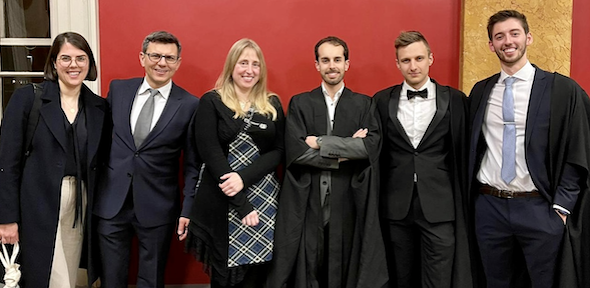
Submitted by Penny Peck on Tue, 08/02/2022 - 11:53
A research article published today (8 February 2022) in Nature Communications describes how Pedro Silva-Pinheiro and colleagues from the Mitochondrial Genetics Group led by Dr Michal Minczuk at the MBU were able to edit the mitochondrial DNA of live mice. The researchers used a biological tool, known as a mitochondrial base editor, to look for a unique sequence of base pairs – combinations of the A, C, G and T molecules that make up DNA – and to change the DNA base. This would, in principle, enable the tool to correct certain “spelling mistakes” that cause the mitochondria to malfunction.
This development builds on research reported in 2018, whereby faulty mitochondrial DNA could be eliminated, allowing mitochondrial DNA to copy themselves and replace the faulty mitochondrial DNA. But this would not work in cells with completely faulty mitochondrial DNA. Mitochondrial base editors, instead, enable the direct modification of the mitochondrial DNA, without the need to eliminate its faulty copies.
This latest research is important for future advances towards future therapies for mitochondrial diseases in humans.
For further information, please see the University of Cambridge press release.
Full publication reference:
Silva-Pinheiro, S et al. In vivo mitochondrial base editing via adenoassociated viral delivery to mouse post-mitotic tissue. Nature Comms; 8 Feb 2022; DOI: 10.1038/s41467-022-28358-w

